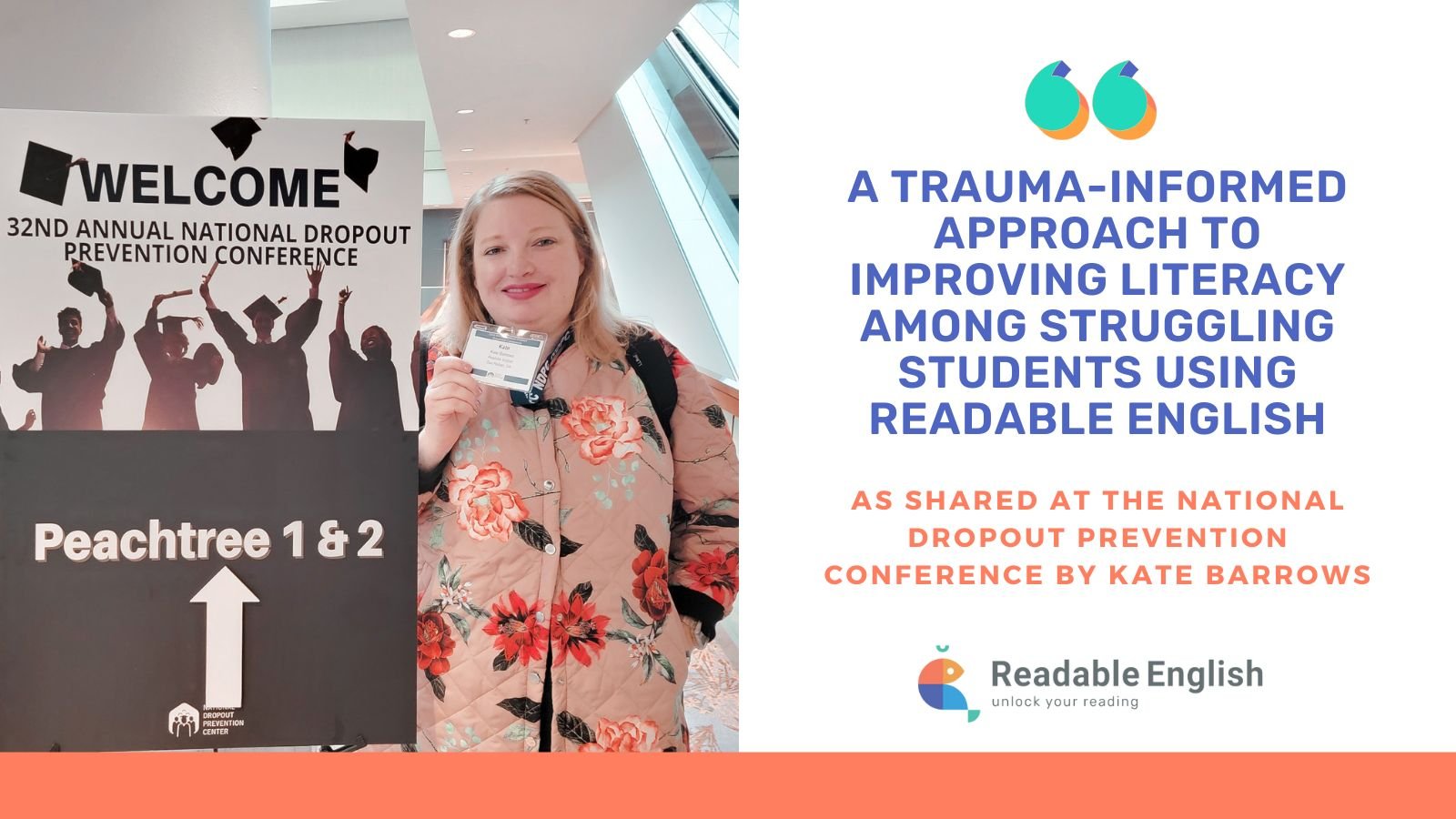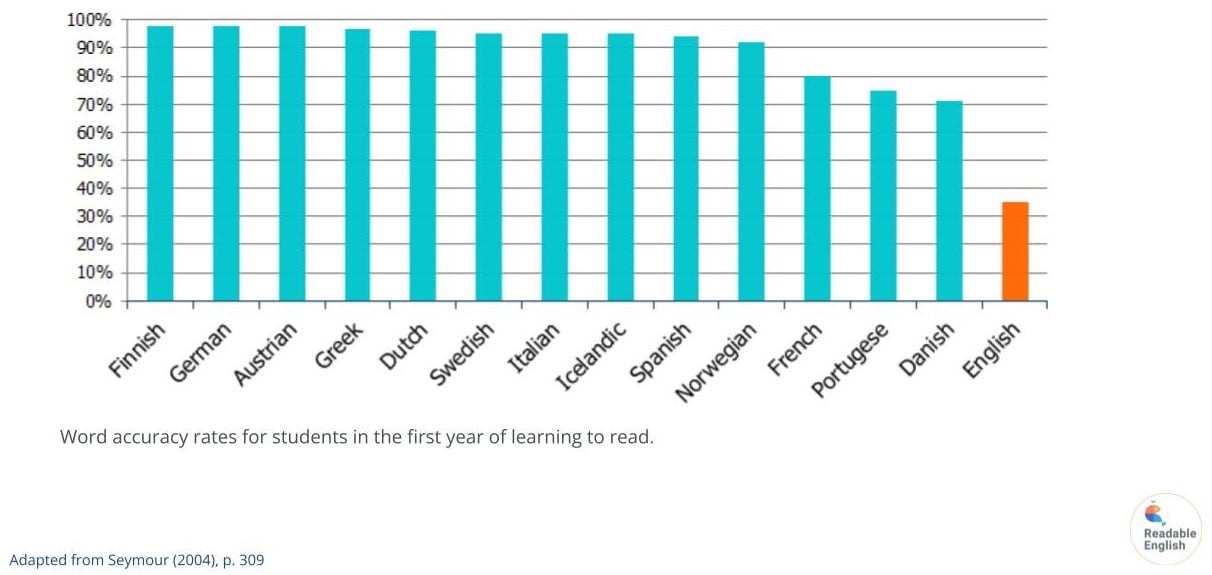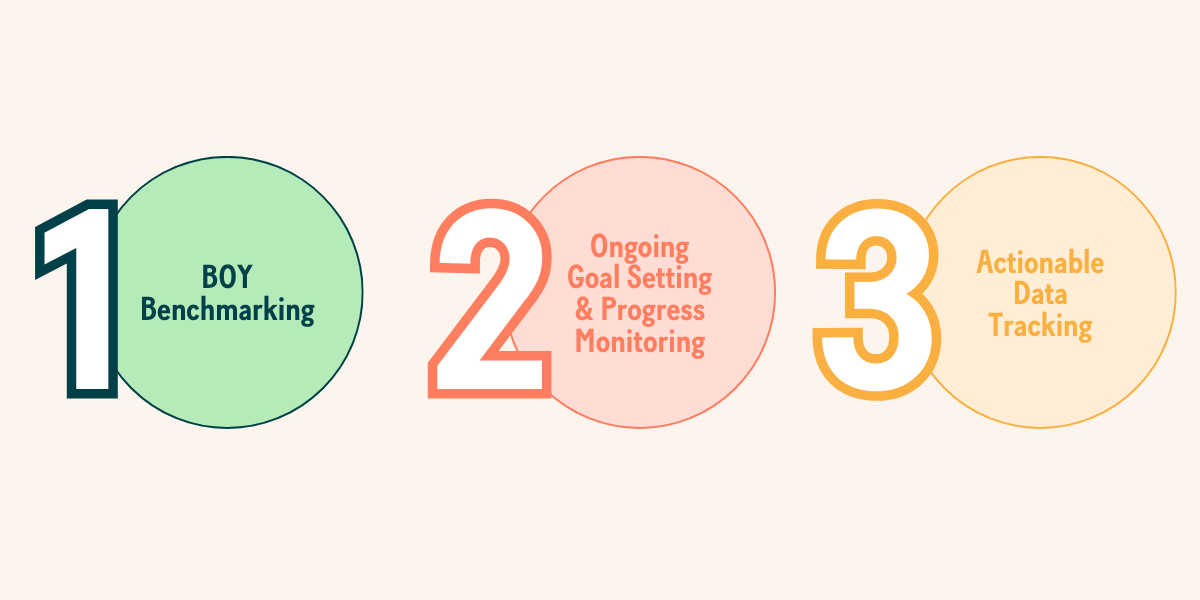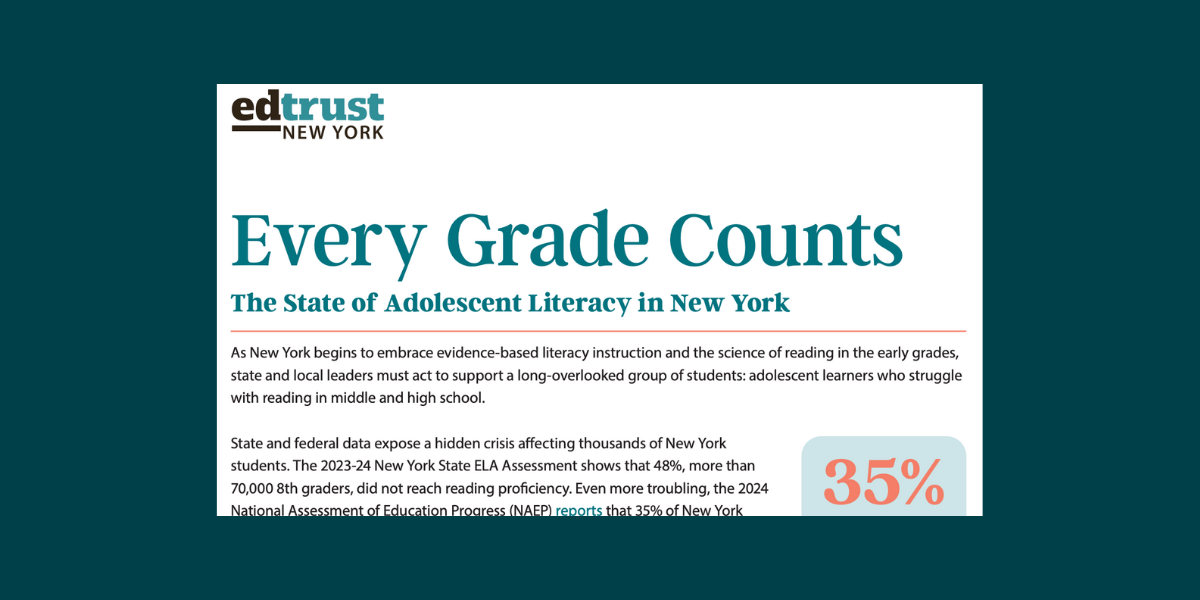A Reading Program That Works - And Helps You Track Progress Every Step of the Way
As an educator, you know that helping students improve their reading skills requires more than just practice - it requires a clear strategy. The...
K-12Discover how Readable English is transforming reading instruction |
PROGRESS MONITORINGEasily assess and monitor growth with data-driven insights and reporting tools |
PROFESSIONAL SERVICESDiscover the services that support your success, from virtual training to expert coaching |
INDIVIDUALSStrengthen your reading skills with an interactive app tailored to your learning needs |
PARENTSEmpower your child's reading journey with an interactive app and expert strategies for home support |
|

|
Rethinking Reading: How One District Transformed Instruction (SmartBrief)Discover how a bold shift in reading instruction helped struggling learners thrive - and the critical role Readable English played in their success.
|
RESEARCH & RESULTSExplore peer-reviewed studies and real-world case studies on Readable English in action |
BLOGExplore articles on feature highlights, research deep-dives, and the latest literacy insights |
EBOOKDownload the ebook Why Learning to Read English is So Hard and how to Make it Easier |
CUSTOMER STORIESDiscover how educators and administrators are transforming literacy with Readable English |
RESOURCE AND PRODUCT ENABLEMENT LIBRARYFind essential educational references and instructional materials to enhance teaching |
FAQSFind essential educational references and instructional materials to enhance teaching |
NEWS & EVENTSStay up to date with media coverage, webinars, and upcoming events featuring Readable English |
|
|
Rethinking Reading: How One District Transformed Instruction (SmartBrief)Discover how a bold shift in reading instruction helped struggling learners thrive - and the critical role Readable English played in their success. |
3 min read
Dr. Carol Gardiner : Dec 1, 2022

Learning, and struggling to learn to read, is a source of trauma for many students, increasing the risk of dropping out, juvenile delinquency, and low self-esteem. At the National Dropout Prevention Conference, Kate Barrows, an alternative educator and Readable English coach, shared her personal story about struggling to read. She discussed the delicate but necessary balance between repairing educational trauma and tackling decoding and comprehension strategies in middle and secondary classrooms.
Kate’s experiences from middle and high school included consistent academic failure and a narrow escape from juvenile incarceration and dropout status. She moved through elementary and middle school despite report card notes like:
Learning new content in middle school was a blur, and she mastered the art of blending in and not disrupting class - just moving along. Eventually, however, Kate’s coping strategies failed, and she had to work hard to recover. Wherever there is a reading gap, there is a knowledge gap, and she had to make many changes.
Thanks to her transition to an alternative high school program, she overcame the odds and graduated with her class, despite being labeled a “delinquent” by the juvenile court system. Now Kate is an alternative school educator and literacy advocate of 20 years (and counting)!
Kate’s childhood story allows her to understand and share her expertise in supporting students who have experienced educational trauma during their struggle to read. After seeing how easy it is for students to read grade-level material using Readable English’s tools and methodology, she signed up to be a Readable English Coach at her school. Her mission is to prevent other students from going through what she experienced.
Telling students why learning English is so hard is essential in overcoming the struggle to read. Our words are not pronounced the way they are spelled, letters can make more than one sound, and there can be silent letters. Research adapted from Seymour, Aro and Erskin (2003) demonstrates the difficulty in learning to read. While children from most language backgrounds can read at a 90-100% accuracy rate after a year of reading instruction, children learning to read English can only read at a 35% accuracy rate!

Kate’s story highlights the importance of needing a way to reduce the cognitive load required to learn all the rules and exceptions that make the English language so hard. Cognitive overload hinders many students from reading fluently and comprehending what they read. Of the 1000 most common words, only 280 can be pronounced without learning rules and their exceptions.
While inspiring, ‘underdog’ stories like Kate’s should not exist and should be prevented. Literacy is a fundamental human right; no one should have to experience the struggles we see and read about daily.
“We need to do more than celebrate the exceptions. We need to change the rules. And the rules (how we traditionally address students who are not reading/writing on grade level) have not worked for us so far.” ~ Kate Barrows, Alternative Education Teacher.
When we have students who are not reading or writing on grade level, not performing in class, and have not been diagnosed with a significant intellectual disability, the chances are high that they have experienced educational trauma. While we are doing a better job identifying and addressing the trauma that students experience outside the classroom, we must address how schools can cause trauma. Because these students have been excluded, attacked, or ignored, they have few positive associations with school.
When dealing with middle and high school students who struggle with reading, it must start by restoring their relationship with learning, educators, and schools. This approach means looking at some hard truths about how we have traditionally “done school.”
“Never mistake motion for action.” ~ Ernest Hemingway
Our educational system often moves students along with hope and good intentions – mistaking them for action. This misconception is why we have students that are passed along and overlooked and end up failing their classes before someone discovers or, better yet, does something about the fact that they can’t read.

To learn to read effectively, students need to have access to grade-level texts on an independent level. Kate’s belief in Readable English’s value in helping students master reading is grounded in the Conversion Tool, which allows teachers and students to quickly convert grade-level reading material into the specialized Readable English phonetic font and pronunciation guide. Students can quickly learn to use the Readable English program, and after reading the text fluently, they improve their comprehension significantly.
Readable English has the potential to create new and positive outcomes for all students, and the time has never been better to initiate change!
Every student can learn to read at grade level!

As an educator, you know that helping students improve their reading skills requires more than just practice - it requires a clear strategy. The...

Reading intervention for older students has long been one of the most challenging aspects of education. As highlighted in a recent article by The New...

A recent report by The Education Trust–New York, Every Grade Counts: The State of Adolescent Literacy in New York, casts a stark light on a growing...